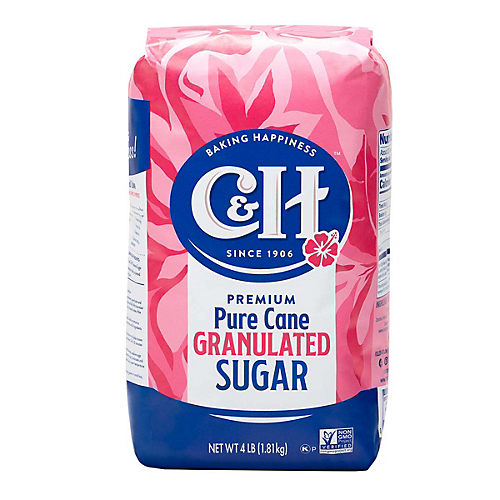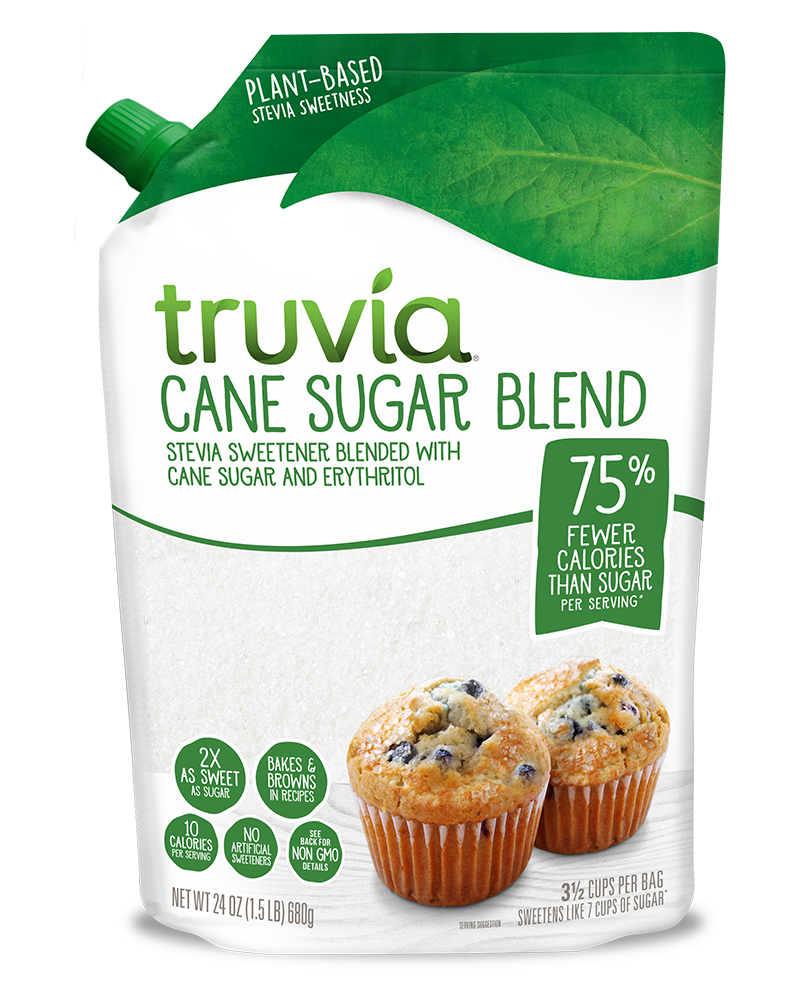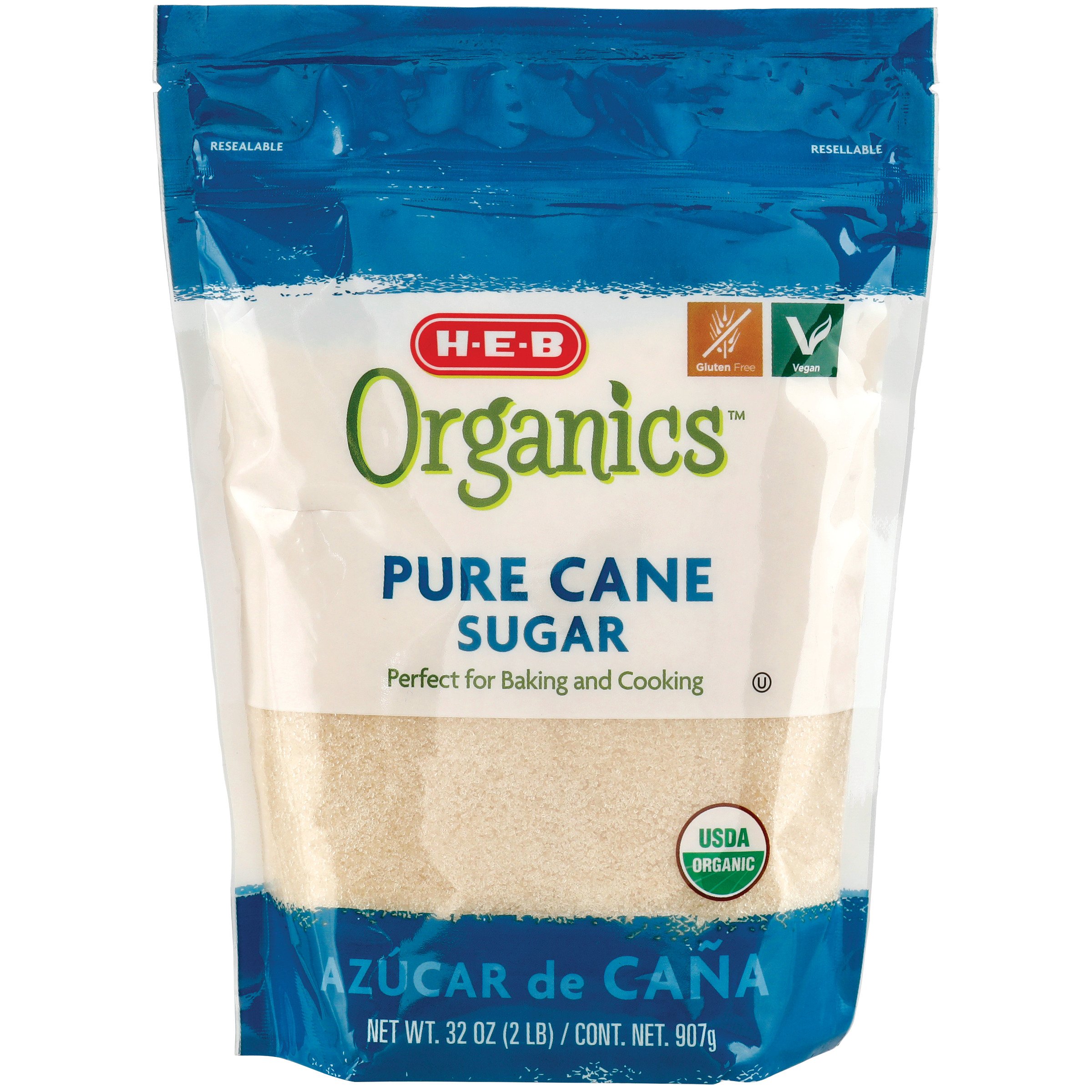Advanced Cane Sugar Processing: Enhancing Effectiveness and Sustainability
Advanced Cane Sugar Processing: Enhancing Effectiveness and Sustainability
Blog Article
Discovering the Comprehensive Tips Associated With Cane Sugar Processing From Collecting to Improvement
The process of walking cane sugar manufacturing encompasses a collection of elaborate steps, starting with the careful harvesting of sugarcane and finishing in the refinement phases that guarantee the end product fulfills market standards. Each stage, from the removal of juice to the purification and formation processes, plays a vital role in figuring out the quality and personality of the sugar. Recognizing these stages not just highlights the complexity of sugar manufacturing however also increases vital questions about performance, sustainability, and technology in the market. What implications do these variables have for future techniques?
Collecting Sugarcane
Harvesting sugarcane is a crucial step in the walking stick sugar processing chain, as it directly influences the quality and yield of the final product. Appropriate timing and methods are necessary throughout this stage to ensure ideal sugar material and minimize losses. Normally, sugarcane is harvested when it reaches maturity, typically 12 to 18 months after planting, characterized by a high sucrose concentration.

Post-harvest, the sugarcane must be refined promptly to avoid sucrose degradation. Ideally, collected walking cane must be delivered to refining facilities within 24 hours to preserve sugar quality. Therefore, effective logistical preparation is critical to maintain the honesty of the collected plant throughout the supply chain.
Removal Refine

The smashed walking stick undergoes a collection of pushing procedures to make the most of juice healing. Generally, warm water is splashed onto the smashed walking stick, developing a countercurrent circulation that helps dissolve the sugar while likewise aiding in the removal process. The juice accumulated from this procedure has not only sugar however also various organic compounds and contaminations.

To enhance extraction performance, some facilities may employ diffusion approaches, where the sugarcane is saturated in warm water, allowing the soluble sugars to diffuse into the liquid. The resulting juice, rich in sucrose, is then routed to subsequent processing phases, laying the structure for purification and refinement. The removal procedure is therefore pivotal in determining the top quality and return of the last sugar item.
Filtration Techniques
The filtration methods utilized in walking cane sugar handling are necessary for transforming the raw juice right into a top quality sugar item. These techniques mainly intend to get rid of contaminations, such as dirt, plant materials, and not natural substances, which can adversely affect the end product's flavor and color.
This procedure entails adding lime and warm to the raw juice, which facilitates the coagulation of contaminations. Additionally, the usage of phosphoric acid can enhance the clarification procedure by further binding contaminations.
Another significant technique is carbonatation, where co2 is presented to the cleared up juice. This reaction produces calcium carbonate, which captures remaining contaminations and advertises their removal.
In addition, turned on carbon therapy might be put on adsorb any visit this site right here kind of staying colorants and organic pollutants, guaranteeing an extra refined item. The mix of these methods properly prepares the sugar juice for subsequent action in the refining procedure, setting the phase for the production of high-grade walking stick sugar.
Formation Techniques
After the filtration stage, the next critical action in walking stick sugar handling includes condensation techniques, which play a pivotal duty in transforming the made clear juice into strong sugar. This process normally employs 2 key techniques: spontaneous formation and controlled condensation.
In spontaneous condensation, supersaturated sugar options are enabled to cool down normally, leading to the development of sugar crystals over time. This approach permits for the consistent development of sugar crystals and greater purity.
During crystallization, the clarified juice is concentrated via dissipation, raising its sugar web content up until it reaches supersaturation. When this point is achieved, either technique can help with the crystallization procedure. Cane Sugar Processing. The resultant sugar crystals are after that separated from the continuing to be syrup via centrifugation
Eventually, the choice of crystallization approach affects the quality, dimension, and pureness of the final sugar item, making this action necessary in the general cane sugar handling procedure.
Refinement and Product Packaging
How can the pureness and high quality of walking cane sugar be even more boosted after formation? The refinement process plays a crucial function in attaining premium walking cane sugar.
Next, the sugar goes through a procedure called centrifugation, where it is rotated at high speeds to separate the detoxified sugar crystals from the remaining fluid. After centrifugation, the sugar is often additional improved with a method called carbonization or phosphatation, which makes use of turned on carbon or phosphoric acid to get rid of color and off-flavors.
When refined, the sugar is dried out to attain the wanted wetness content, guaranteeing that it remains stable throughout storage and transportation. The final action involves packaging the refined sugar in moisture-proof and impermeable containers to keep its quality and avoid contamination. Cane Sugar this link Processing. Appropriate packaging not just prolongs life span however also assists in simple handling and circulation, making sure that customers obtain sugar that fulfills the highest possible criteria of pureness and top quality
Verdict
The comprehensive steps associated with walking stick sugar handling, from the thorough harvesting of sugarcane to the intricate refinement and packaging stages, highlight the value of each phase in making sure premium sugar manufacturing. Optimum harvesting strategies, reliable extraction techniques, and strenuous filtration processes collectively add to the end product's pureness and security. The crystallization and subsequent packaging practices even more enhance the integrity and service life of the sugar, highlighting the complexity and precision inherent in this necessary farming sector.
The procedure of walking stick sugar manufacturing includes a collection of intricate steps, beginning with the cautious harvesting of sugarcane and finishing in the improvement stages that make certain the last product meets sector requirements. Preferably, harvested walking cane must be carried to processing centers within 24 hours to preserve sugar top quality.In spontaneous condensation, supersaturated sugar solutions are enabled to cool i was reading this normally, leading to the formation of sugar crystals over time - Cane Sugar Processing. The refinement procedure plays a critical function in attaining top notch cane sugar.The thorough steps entailed in cane sugar handling, from the precise harvesting of sugarcane to the detailed refinement and product packaging stages, highlight the importance of each phase in making certain top notch sugar production
Report this page